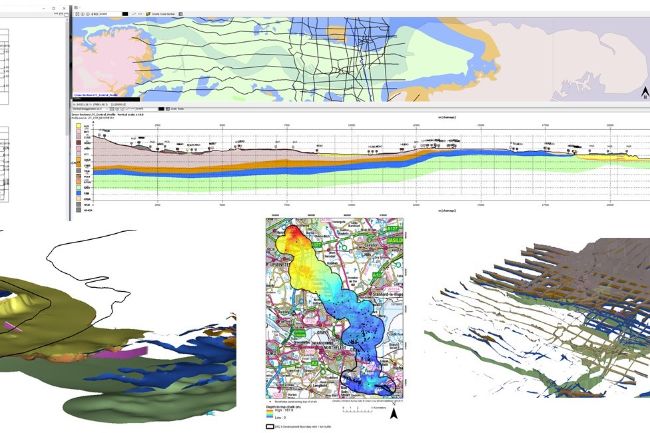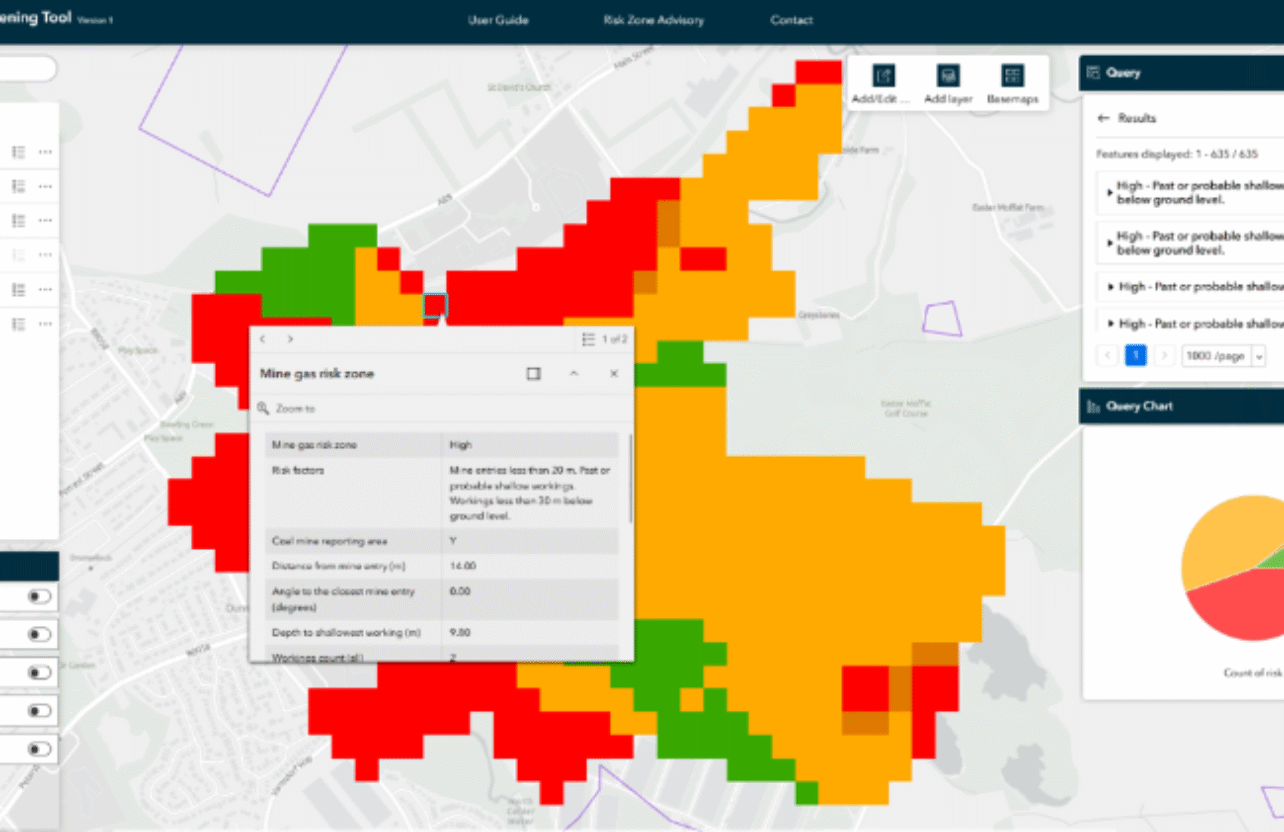
Lower Thames Crossing - 3D Geological Services

- Company: British Geological Survey
- Client: LTC-Cascade
- Year: 2018 - 2021
- Region: England
- Visualisation, 3D modelling and animations
- Geographical information systems (GIS) and mapping
- Environmental and sustainability services

